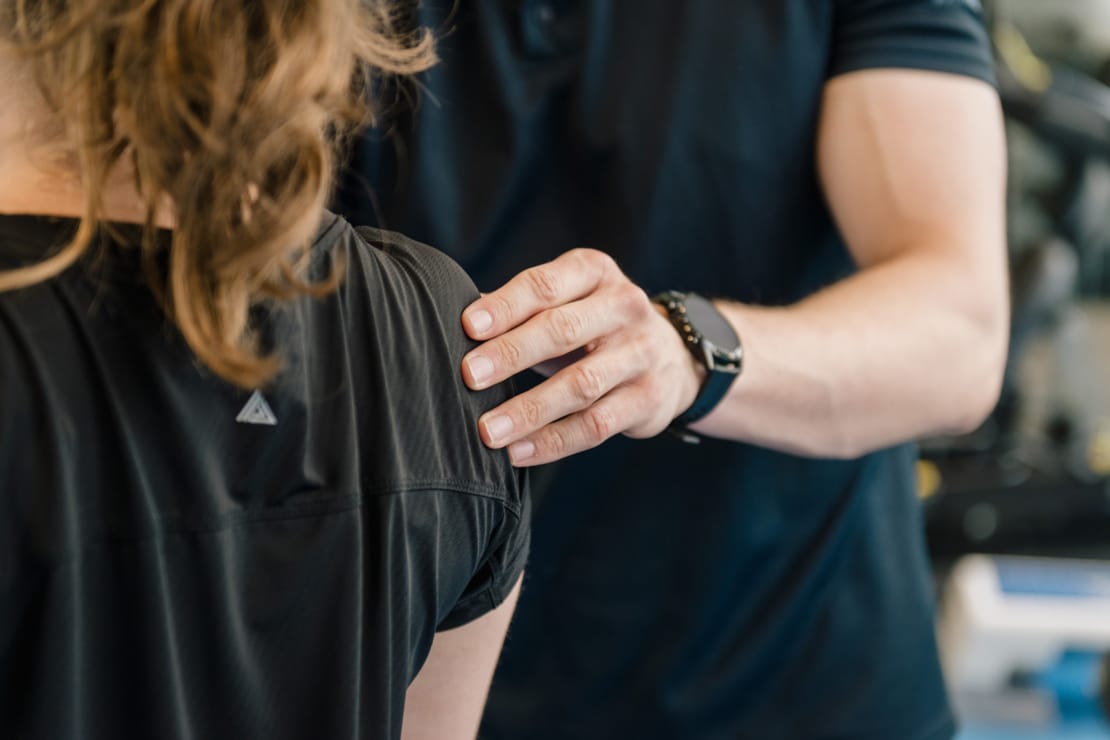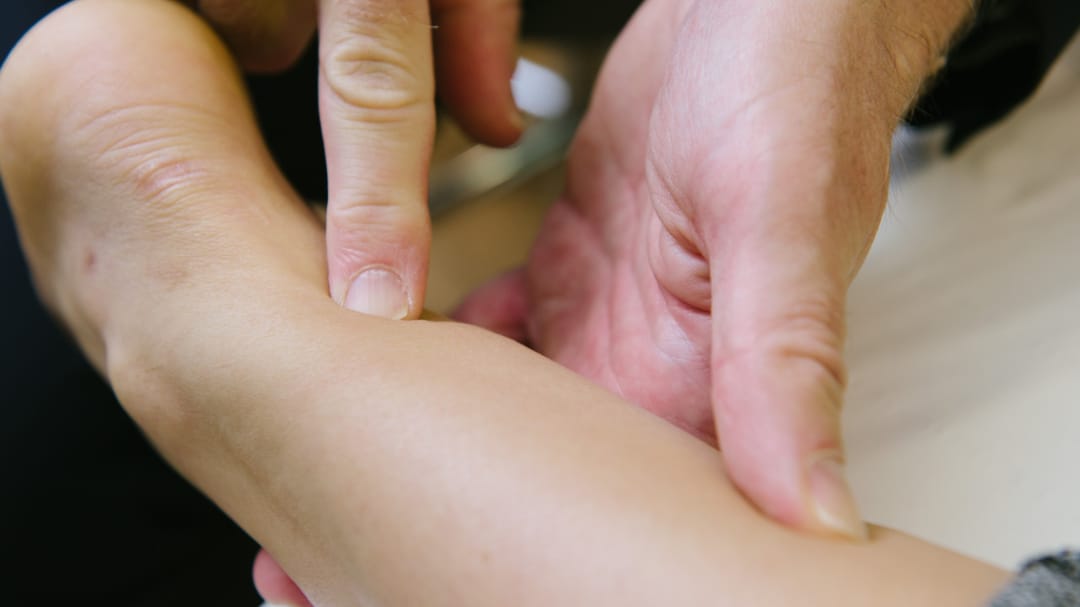Effective Strategies for Managing Acute Soft Tissue Injuries

Pure Sports Medicine
- 21 September, 2018
- Sport, Exercise & Musculoskeletal Medicine
- Podiatry
- Soft Tissue Therapy
- 4 min read
Soft tissue injuries are a common in sport, exercise and recreational activities. These acute injuries can vary in severity and type, but commonly include joint sprains, muscle and ligament injury and contusion resulting from a blow or impact.

The early stage of a soft tissue injury is known as the acute phase of injury and is the first 48-72 hours post injury. Common characteristics of this stage are pain, swelling, redness and loss of function.
The main focus of injury management at this time is to protect the area from further injury, reduce pain and minimise the inflammatory response. This response is really the beginning of the healing process, so our aim is not to stop it completely, but to minimise some of the more harmful side effects.
In order to promote this, several acronyms have been created:
- RICE (Rest, Ice, Compression and Elevation)
- PRICE (the same as RICE but adding ‘P’ for protection against further injury)
- POLICE (Protect, Optimal Loading, Ice, Compression and Elevation)
Let’s look at these steps in more detail to explain how they can be used to help you return to sport, or functional fitness, as quickly as possible.
Protect, Rest and Optimal Loading
During the early stages of injury, a period of rest, or protection, is required in the majority of soft tissue sport injuries to minimise further damage to the injury site.
So activities that cause pain, or in the case of leg injury, limping, should be avoided. If necessary, use crutches to enable you to walk without pain or a limp. The dilemma is, overloading in the early stages can do harm, but excessive unloading can delay recovery. Progressive loading after injury can help restore strength and also assist the body in the repair process. In most soft tissue injuries, it is advisable during the acute phase to avoid movements that replicate how the injury occurred.
So, with an ankle sprain, if you rolled outwards on your ankle, don’t do that movement. Instead, focus on gentle pain free movements like moving the ankle up and down. Do this little and often, rather than loads in one go. Remember the focus is to minimise pain as much as possible, so if it hurts too much…. don’t do it! Take a sensible approach and stay as active as possible, by loading the injury as much as you can, without doing too much.
It is worth noting that in some overuse injuries, loading in the early stages may be counterproductive, so optimal loading may mean avoiding loading altogether. This may be the case in complete tendon, ligament or muscle ruptures (as well as early stress fractures).
Ice
The theory behind using cooling after acute injury is to extract heat from the local tissue in order to reduce the harmful metabolic effects of injury, provide pain relief and thereby help rehabilitation. Unfortunately, there is a lack of high quality scientific evidence to conclusively support these claims. Despite this, personal experience suggests that ice (or a packet of frozen peas – don’t eat them afterwards!!) can reduce pain and swelling post injury, thus aiding a faster return to sport or physical activity. Cold can also be used as a post-exercise treatment, for example, after going for a run or following completion of a rehabilitation programme.
Some safety pointers for using ice:
- Apply ice wrapped in a damp towel for 10-15 minutes every couple of hours for 3-5 days post injury
- Don’t apply ice directly to the skin, over an open wound, or on skin in poor condition
- Stop applying ice if you experience any negative effects, e.g. skin irritation or any increase in pain or swelling
- Be careful about applying ice if you suffer from diabetes, as altered skin sensation may increase the risk of ice burn. Also, avoid ice on any body areas suffering from poor circulation
- Do not apply ice around the front or side of the neck
Compression & Elevation
The main reasons for elevating, or compressing an injury, are to minimise the effects of inflammation through pressure (compression) or gravity (elevation). Excessive swelling can lead to increased pain, loss of function and reduced blood flow at the injury site. Compression can be achieved with a firm bandage or the application of a doubled over elasticated tubular bandage. Make sure the bandage is not too tight, as this could lead to a restriction in blood flow to the area. Once applied, the area should feel compressed rather than restricted and painful. Compression may also provide a degree of support to the injured area and offer reassurance during movement, allowing the opportunity for sensible loading.
Elevating a body part reduces the flow of fluid into the injured area through a decrease in hydrostatic pressure, whilst also increasing the effects of gravity, aiding venous and lymphatic flow. This assists the body in minimising the effects of swelling and encourages the start of the repair process. Using a sling for upper limb injuries or resting an ankle on a pillow or chair for lower limb injuries can achieve elevation. In the lower limb example, ensure the limb is above the level of the pelvis. It is recommended to reduce any compression used in a prolonged elevated position. So in the case of a sprained ankle, use the compression during the day if moving around and take it off at night if lying on the sofa watching TV or before going to bed.
Sometimes it may be advisable to seek professional help if the injury is serious and you are unable to control the symptoms on your own. We have a number of experienced Doctors and Physiotherapists who can assess your injury and provide advice on the appropriate management for optimal recovery.
If you want to see a soft tissue therapist, book your appointment today.

Advice
Over the last 20+ years our experts have helped more than 100,000 patients, but we don’t stop there. We also like to share our knowledge and insight to help people lead healthier lives, and here you will find our extensive library of advice on a variety of topics to help you do the same.
OUR ADVICE HUBS See all Advice Hubs

